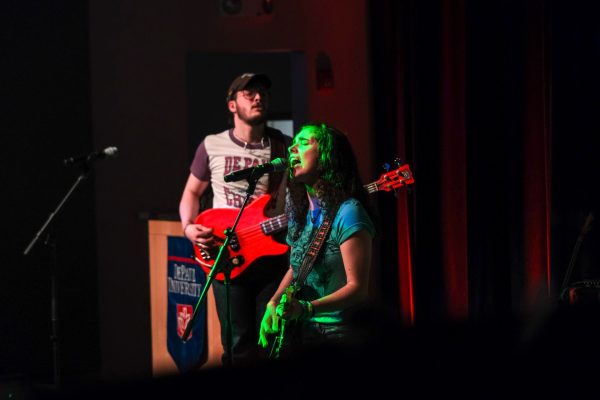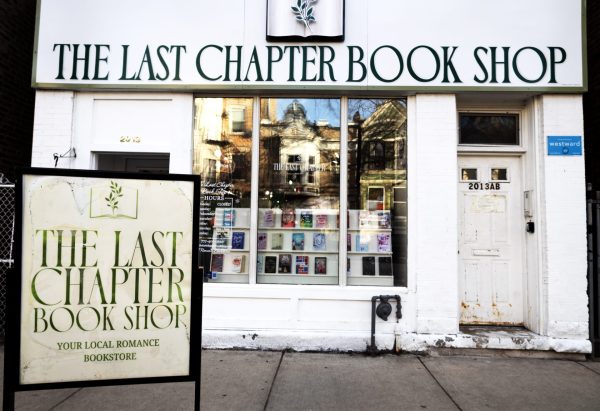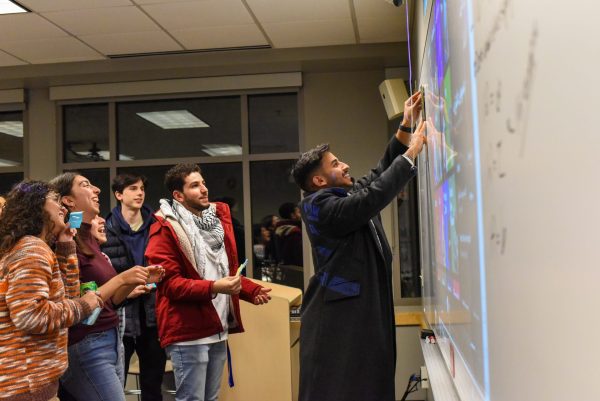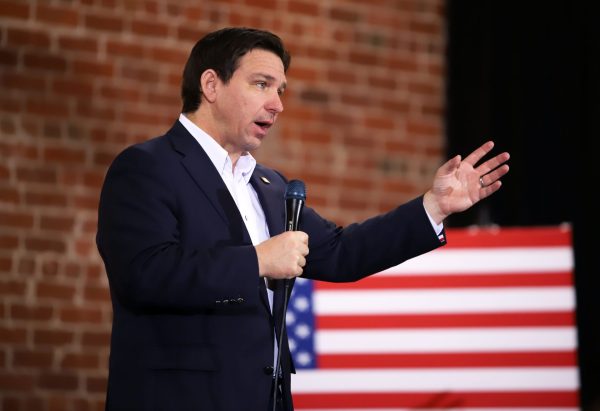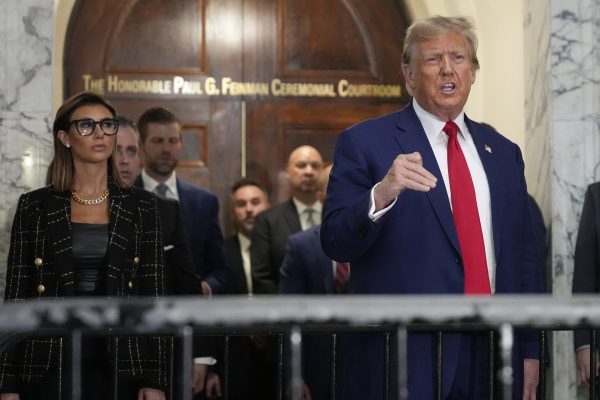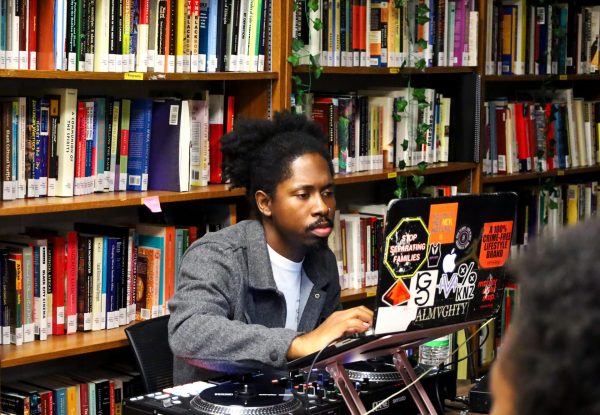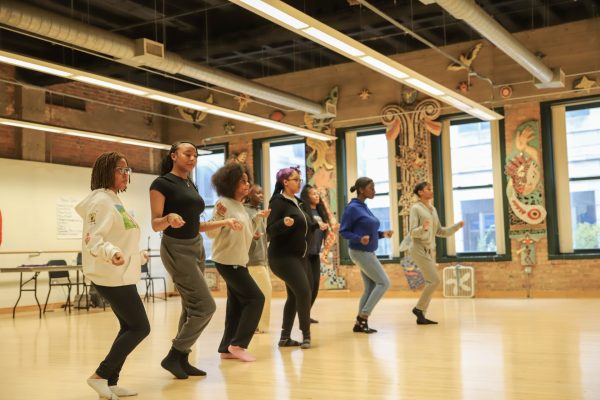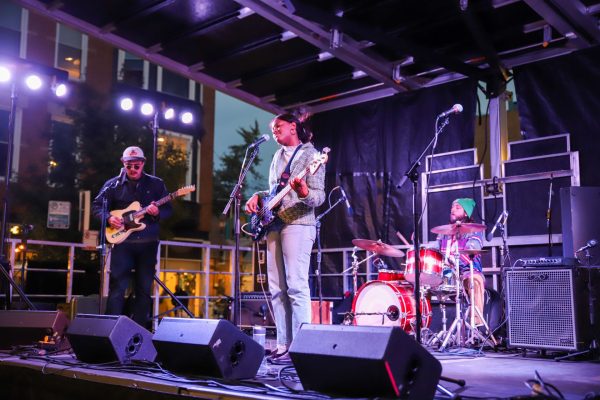It’s been 50 years since 1969 – what’s changed and stayed the same?
As 2019 comes to an end, the decade leaves with it. The 2010s were a period of progress and innovation, with the legalization of gay marriage and the advent of smartphones ushering in optimism and pride on a national scale.
While there was much to celebrate over the last nine years, some of the most defining moments of the decade had far more negative implications. The election of Donald Trump into the White House in 2016 and the subsequent polarization of politics have led to a more divided country, the ramifications of which are felt daily.
The America of the 2010s was as inspirational as it was tumultuous. The epic highs and lows of the decade mirror a period in history celebrating its 50th anniversary: the 1960s.
While the decade began in a place of progress with the Civil Rights and Women’s Liberation movement, traumatic moments like the assassinations of President John F. Kennedy, Robert Kennedy and Dr. Martin Luther King Jr. and the Vietnam War served as fractures to the veneer the decade began with.
Despite the shaky undercurrent sweeping over the nation throughout the decade, pop culture at the end of the decade was, by and large, staying within the pre-established lines set from previous decades.
“The top rated TV shows of 1969 and the top rated show in ‘69 was [Rowan and Martin’s] ‘Laugh-In’, which was a little vaguely counterculture,” said Kevin Boyle, a professor of history at Northwestern University. “I mean, it really was a funny show for the late ‘60s, a lot of of gentle sexual humor. But the number two and number three shows were Westerns and they were long standing Westerns. So, the truth is that a lot of pop culture wasn’t the kind of edgy thing you would expect it to be. It was actually pretty tame and mainstream.”
1969 was a monumental year for music, with bands like The Beatles, The Rolling Stones, Led Zeppelin and King Crimson releasing some of the most popular and influential albums of their discography.
“It’s always easier to look back on a time period and identify that period as important compared with trying to assess what could be historically important amidst current music releases,” said Daniel Makagon, an associate professor in DePaul’s College of Communication. “Given that qualifier, it is hard to identify music releases that happened in 2019 that will be considered culture-changing in the future. In 1969, releases by The Rolling Stones, The Stooges, MC5, The Beatles, Led Zeppelin, Creedence Clearwater Revival, and the Velvet Underground helped solidify album oriented rock, versus singles driven artists. Some of those releases and others set up new genres of music that would develop in the years that followed, [like] punk and funk.”
In regards to fashion, the latter half of the decade reflected a more relaxed sartorial identity than that of previous decades.
“For the ‘60s, it was all about patterns and prints,” said Yusra Shah, a journalism major with an interest in fashion. “I think funky shirts and pants were all the rage and they allowed for a lot more self expression as compared to the 50s, which were more subdued and adhering to the kind of nuclear family aesthetic.”
Popular elements from the decade can be found in stores like Urban Outfitters and Free People, attempting to capture the free-spirited ease of the late aesthetic of the late 1960s.
“Today, you can see hints of ‘60s fashion if you look at the reemergence of big puffy sleeves and bell bottom pants, as well as everyone’s favorite sandal: the Birkenstock,” Shah said. “The ‘60s were also known for their retro tinted sunglasses, which is something fast fashion is currently big on. You can’t walk into a Forever 21 or Zara without seeing at least five different pair of funky ‘60s-inspired glasses.”
Despite being remembered as a time of free-spirited revolution, Boyle argued that the end of the 1960s is romanticized as being far more radical than it necessarily was.
“I think that people have the late 1960s as a period of intense protest, as a period of cultural rebellion,” Boyle said. “And that’s fair enough for me. I think there is a lot of truth to that. But, the truth is that pop culture in the late ‘60s was not as radical and traumatic and transgressive as the cliche view of the ‘60s holds up. “
While mainstream culture may have abided by tamer social norms, the late 1960s in America is perhaps best remembered for its countercultural movement, personified by Woodstock in 1969.
The counterculture of the late 60s were in part defined by experimental musicians like Jimi Hendrix, The Grateful Dead and Janis Joplin, less restrictive attitudes surrounding sex and drug usage and an overall aversion to the brutality inflicted by the Vietnam War.
While these hallmarks have endured the decades, Boyle attributed an increase in mass communication to helping propel the countercultural movement.
“In 1965, TV for most Americans was about 10 years old,” Boyle said. ‘Most people didn’t have TVs in their homes in the early 1950s. By the mid ‘50s, they did so. That’s a new technology. That’s the equivalent of your generation with cell phones.And then there was a huge burst of radio programming that had to be filled. [There was] a dramatic expansion of magazines, all of which you could kind of think of as the 1960s version of the mass culture you consume. This is as big a deal to them as the best culture systems that you now have.”
He continued by saying that the countercultural movement was, as the name suggests, not at the forefront of popular culture as is commonly believed.
“One of the things that mass communication does is it looks for outliers,” Boyle said. “It looks for exciting stuff to put on. And one of the things that mass culture did is it tapped in to this really pretty small counterculture that was based in San Francisco, based in New York, which is the hippie counterculture. It tapped into that. It promoted it. And what that did was turn in a lot. A lot of middle class kids were drawn to that counterculture. The thing is, and I guess I come back to the same point, not as many people, kids were drawn to that. We think they were. That’s a cliche.”
Rather than Woodstock or the larger countercultural movement, Boyle said the election of Richard Nixon was the defining moment of the year.
“I think the long term implications of that were enormous,” Boyle said. “But it’s also a sign that in this great radical sweep of the 1960s —that we think of as the 1960s—who was the political figure above all, who emerged as the dominant figure in America? Richard Nixon, a conservative Republican who had come out as a McCarthyite.”
In discussing politics, Boyle pointed out that maybe prominent Americn politicians grew up in the 1960s and have potentially reinforced politics from that era.
“The president of the United States, for instance, group came of age in the 1960s,” Boyle said. “…That’s Joe Biden, right? That’s Donald Trump. That’s Elizabeth Warren. That’s Bernie Sanders. Every single one of them is a baby boomer. So we’re still dealing with the politics that they had personal connections with. And the Rolling Stones are still touring, for God’s sake.”
Decades have passed since the end of the 1960s. Technology and pop culture have transformed in the 50 years since 1969, but that doesn’t necessarily mean we are living in a different America.
“I think one of the remarkable things about the 1960s and that makes it worse by looking back at is the degree to which the issues that divide it that the country in the 1960s continue to this day,” Boyle said. “Fifty years is a very long time. But in some ways, we live in a world that the ‘60s helped to shape. We are still grappling in the most basic ways with the questions of racial justice. We are still grappling in the most basic ways, in questions of gender and sexual identity and individual rights and liberties.”
Defining Moments
What’s the most iconic moment of the end of each decade? As we enter 2020, we take a look at the defining moment of the end of the last five decades.
1969: Woodstock
When people think of the late 1960s, Woodstock sticks out as an iconic cultural moment. The festival, which took place from Aug. 15 through 18, attracted an audience of over 400,000 people. Countercultural musicians like Jimi Hendrix, The Grateful Dead and Jefferson Airplane took to the stage and Woodstock has remained one of the most enduring pop culture events of the decade.
1979: Iran Hostage Crisis
The Iran hostage crisis began on Nov. 4, 1979, in which 52 American diplomats and citizens were held hostage after a group supporting the Iranian Revolution took over the U.S. Embassy in Tehran. The hostages were held for 444 days, being released in 1981. The hostages’ rescue was depicted in the 2012 film “Argo.”
1989: The Berlin Wall comes down
On Nov. 9, The Berlin Wall was brought down, after 28 years of dividing the modern capital of Germany. President Ronald Reagan was heavily intertwined with the demolition of the wall, urging Mikhail Gorbachev, the General Secretary of the Communist Party of the Soviet Union, to “tear down [this] wall” in 1987.
1999: President Clinton’s impeachment trial
President Bill Clinton’s Senate impeachment trial begins on Jan. 7, amid the Monica Lewinsky scandal. Clinton had previously been impeached by the House of Representatives on Dec. 19, and was ultimately acquitted by the Senate.
2009: President Obama begins term
On Jan. 20, Barack Obama is inaugurated into the White House, making him the first African-American President of the United States. President Obama was re-elected in 2012, and was a cultural icon of both decades.
2019: President Trump’s impeachment inquiry
An impeachment inquiry begins against President Donald Trump after it was revealed Trump pressured leaders of the Ukraine to publicly announced investigations of former U.S. vice president Joe Biden and his son Hunter, among other claims. The inquiry is ongoing, with the first public hearings taking place on Nov. 13.



